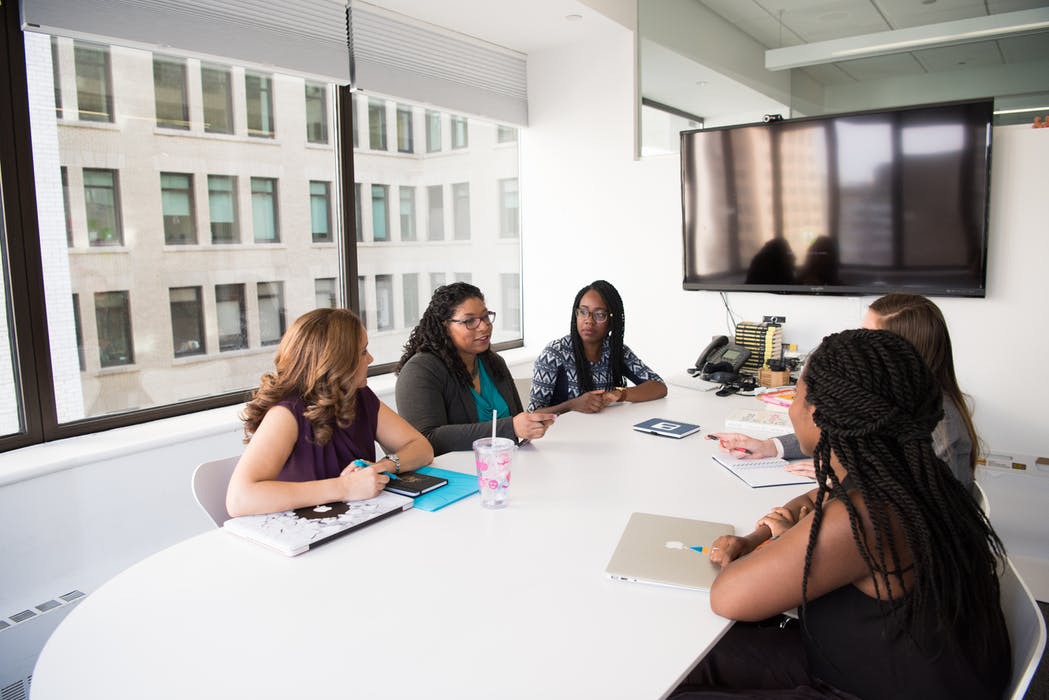There is no dearth in news about the millennial generation; a quick online search of the term came up with numerous articles ranging from topics such as conversations to keep millennials engaged at work (Forbes) to the best job perks and benefits that millennials enjoy that prior generations didn’t have (Business Insider). There is no denying the importance and impact of this generation (born between 1981 and 1996) in the business world. According to a Brookings Institution study released earlier this year, millennials currently make up nearly 25 percent of the total U.S. population and almost 40 percent of the working age population.
The study continues to say that one of the defining characteristics of this generation is that they are a bridge spanning the cultural gap. The study notes that “the millennial generation … is the most diverse adult generation in American history. While its lasting legacy is yet to be determined, this generation is set to serve as a social, economic, and political bridge to chronologically successive (and increasingly) racially diverse generations.”
Promoting Diversity and Inclusion in the Workplace
Given the information and statistics above, an essential question arises. How can business leaders foster a working environment in which culturally diverse individuals and teams can deliver their most successful outcomes? In a February, 2018 blog article, I offered practical advice for creating an effective corporate diversity and inclusion strategy. In that article, I cited the following items to consider:
- Prioritizing an inclusion-led culture.
- Fostering collaboration between individuals and teams.
- Employee retention as a measurement of employee satisfaction.
- Creating and implementing a business plan to ensure that employees feel comfortable discussing diversity and inclusion openly.
The most important, and effective, way to promote diversity and inclusion in the workplace is by promoting collaboration between individuals and teams within the organization. Research shows that business innovation is heavily impacted by diversity and that diverse teams who work together on complicated issues outperform teams that are homogeneous. Due to the wide range of information, ideas, and perspectives that members bring to the table, diverse teams have the potential to be more creative and innovative.
Getting the Most Out of Your Team
At times, however, these diverse teams can suffer from conflicting norms and differing assumptions between members. In a recent Harvard Business Review article, author Sujin Jang states that these potential conflicts can keep teams from reaching their full creative potential. She argues that teams are most successful when they include a member acting as a cultural broker who can facilitate interactions of team members with differing cultural backgrounds. “Cultural brokerage is a key factor that allows multicultural teams to capitalize on the benefits of diversity while mitigating the pitfalls” Jang says. Characteristics of cultural brokers include:
• Possessing multicultural experience.
• Acting as a bridge between their monocultural team members.
• Promoting multiculturalism as a form of learning.
• Creating a forgiving environment in which team members can share ideas and information freely.
In today’s corporate workplace, it is essential that a business leader can promote positive interaction amongst a diverse workforce. Contact DeSantis Trusted Advisors today if you have any questions about creating a sustainable plan to promote diversity and inclusion in your workplace.






